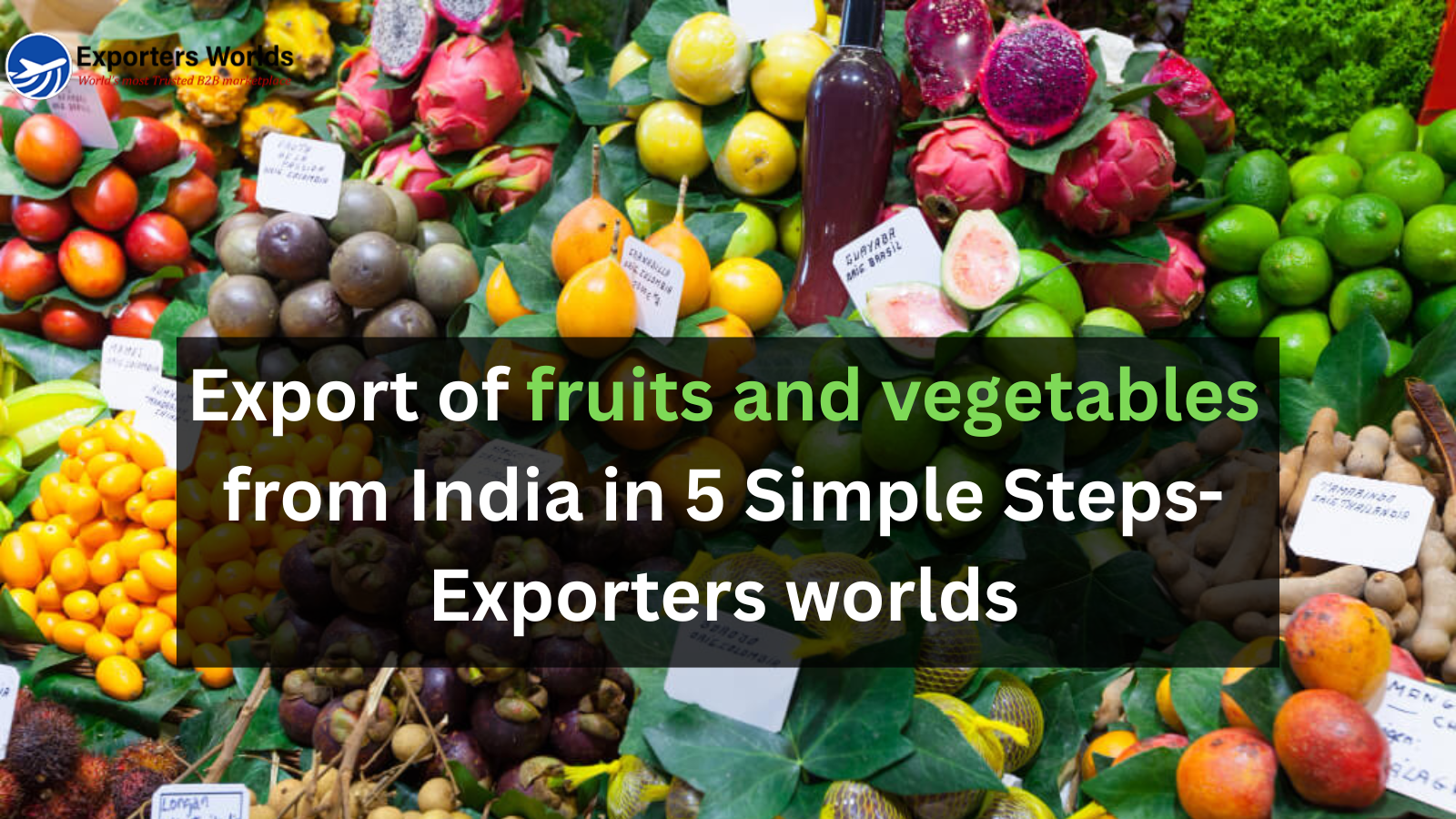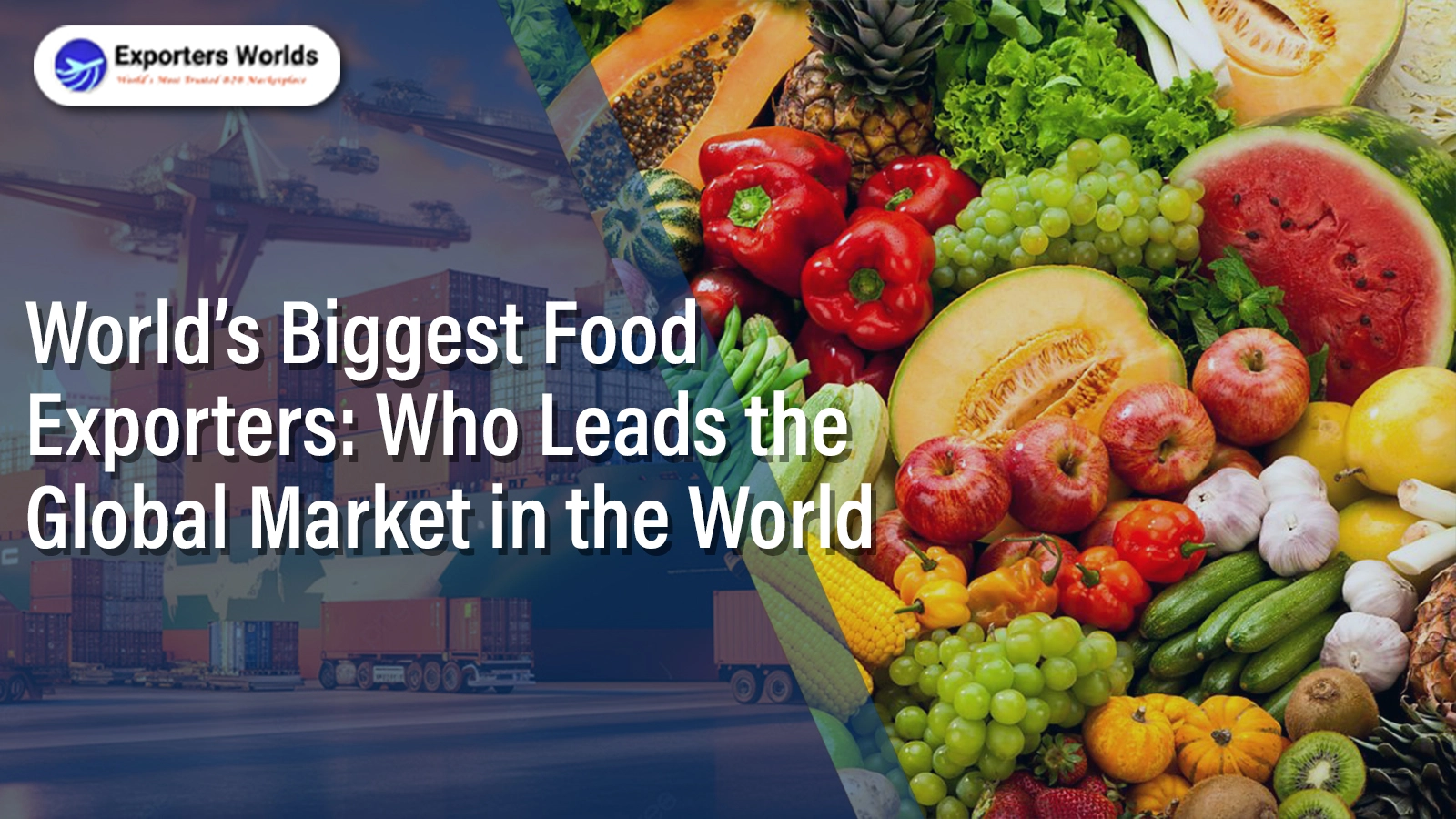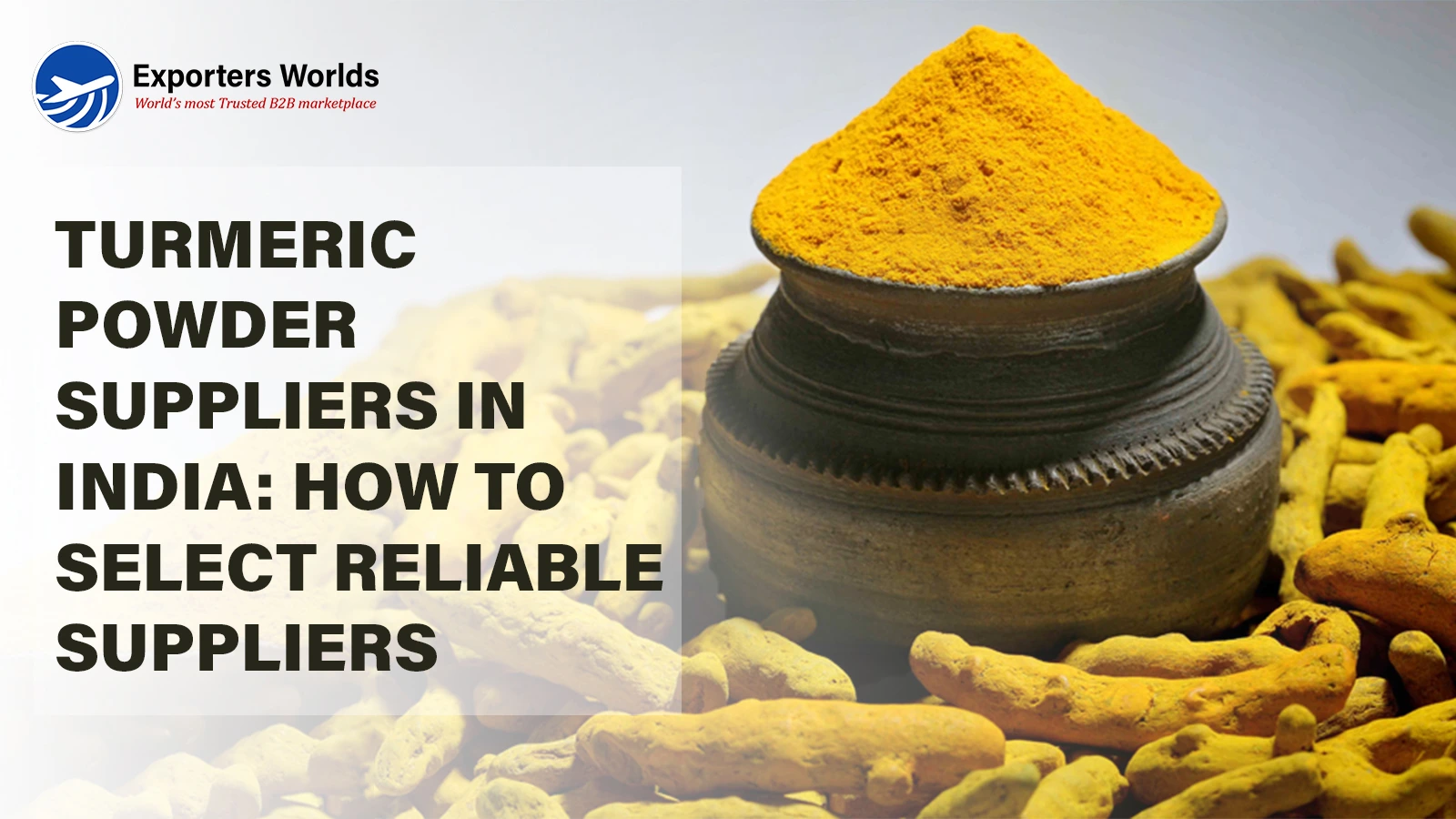Export of fruits and vegetables from India in 5 Simple Steps-Exporters worlds

Why Most Indian Agri-Export Dreams Die Before They Even Start
You have the quality. You have the farms. And maybe, even the vision.
But something keeps stalling your journey. Maybe it’s the paperwork. Maybe it’s the buyers who say they’ll get back to you. Maybe it's just not knowing how to export fruits and vegetables from India without burning time and money.
Here’s the brutal truth:
The world is hungry for Indian produce—but only a fraction of Indian exporters ever reach serious buyers.
Why? Because they don’t follow the right process. And they don’t position themselves in the right ecosystem.
If you’re building a serious fruits and vegetables business in India, this might just be the most valuable piece of content you’ll read today.
Let’s decode it. Together.
India’s Secret Powerhouse: Why Global Markets Are Desperate for Indian Produce
From Nagpur’s oranges to Kerala’s pineapples and Kashmir’s apples, India is a seasonal powerhouse the world can't ignore.
And here’s the kicker:
-
India ranks #2 globally in fruits and vegetables production
-
Over ₹11,000 crore worth of produce was exported from India in FY 2024
-
Major markets include Gulf countries, Europe, Canada, and Southeast Asia
-
New demands are rising for organic, chemical-free, and GI-tagged produce
So what’s stopping most exporters from scaling?
It’s not the product. It’s the lack of system, buyer trust, and visibility.
That’s what we’ll fix next.
Step-by-Step Breakdown: How to Turn Local Produce into Global Orders
Here's how to start the journey from your soil to someone’s supermarket shelf.
Step 1: Register Like a Pro—Not Like an Amateur
Before you even think of shipping mangoes to Dubai or drumsticks to London, you need your:
-
IEC code from DGFT
-
APEDA Registration (a must for agri-exports)
-
GST number & Current Account
-
Local licenses, if applicable
Missing even one? You risk getting blocked at port or delayed indefinitely.
Step 2: Don’t Guess. Research What the World Actually Wants
Most failures happen because people export what they like—not what global markets demand.
Use seasonal export reports. Study what Europe imports in Jan vs. what the Gulf needs in July.
Quick wins right now?
-
Okra, pomegranates, and drumsticks to the Gulf
-
Bananas and guavas to the Netherlands
-
GI-tagged mangoes to Singapore and UK
Positioning here is everything.
Step 3: Source or Grow—But Do It Like an Exporter
You can be a trader. Or a farmer. Or both.
But your sourcing process must scream consistency and compliance.
-
Partner with GAP-certified farmers
-
Create SOPs for grading, sorting, packaging
-
Invest in traceability (buyers will ask)
Even one rotten consignment can blacklist you. So get it right the first time.
Step 4: Master the Art of Packaging, Docs & Cold Chain
Want fruit and vegetable export orders that actually repeat?
You need to be 10x more organized than your local supplier peers.
Your export-ready checklist:
-
Phytosanitary Certificate
-
FSSAI lab test reports
-
Invoice, Packing List, Bill of Lading
-
Country-specific docs (Europe needs GRASP compliance. Gulf needs origin certifications.)
-
Proper cold-chain packaging (especially for grapes, mangoes, and leafy vegetables)
One delay in temperature control and your shipment value can turn to zero. Don’t cut corners here.
Step 5: You Don’t Need Buyers. You Need the Right Buyers
Let’s be brutally honest—bulk fruits and vegetables buyers don’t spend hours on social media scrolling through “DM me for rates” posts.
Real buyers expect real systems.
They expect:
-
A verified business profile
-
Searchable, trusted digital presence
-
Sample-ready inventory
-
Response within 24 hours
Most exporters fail here—not because they lack produce, but because they aren’t visible or credible in the buyer’s eyes.
More on that in a minute.
A Real Story: How Two Brothers in Kolhapur Hit 6-Figure Monthly Exports
In early 2023, two brothers—one an MBA dropout, the other a farmer—launched their agri-export venture from Kolhapur.
First 3 months? No orders. Just silence.
Then they got listed on a serious export platform. Within weeks, they received verified inquiries for pomegranates and red onions from Germany.
By month 9, they were exporting 4 containers monthly, working directly with European supermarket distributors.
Lesson? Being part of the right ecosystem changes everything.
What’s Trending in 2024-25? (And How You Can Ride the Wave)
This isn’t just another year in agri-export. It’s a golden window.
-
Organic fruits from India are up 38% in European demand
-
Dragon fruit exports to Gulf saw a 27% YOY growth
-
Cold-chain logistics subsidies rolled out in Maharashtra, Gujarat & Karnataka
-
GI-tagged varieties like Alphonso mangoes are dominating high-ticket orders
If you're not watching these trends—you’re already a season behind.
3 Brutal, Unspoken Truths Every Exporter Needs to Know
-
You don’t need more produce—you need more positioning.
-
Fruit and vegetable export orders only come if you’re trusted on Day 1.
-
WhatsApp leads and Telegram groups won’t grow your business. Verified networks will.
Still Relying on WhatsApp to Find Buyers? Here’s Why You’re Invisible.
This might sting a little.
That group chat with 80 exporters, half of whom post “rates updated” daily? It’s not your business strategy.
Real bulk fruits and vegetables buyers don’t waste time guessing who’s legit. They go straight to trusted networks, verified profiles, and listings backed by trade credibility.
If you’re serious about turning your fruits and vegetables business in India into a global brand—visibility, structure, and buyer trust are not optional.
Don’t Let Another Harvest Go to Waste. Here’s What Comes Next.
You’re not short on skill. Or on produce.
You’re short on systems. On real buyer connections. On a trusted platform that makes you visible, searchable, and credible—all at once.
So if you’ve made it this far, and you’re still wondering where to start, remember this:
Exporters Worlds is more than a platform. It’s where serious exporters become global suppliers.
And it’s where your export story could finally begin.




